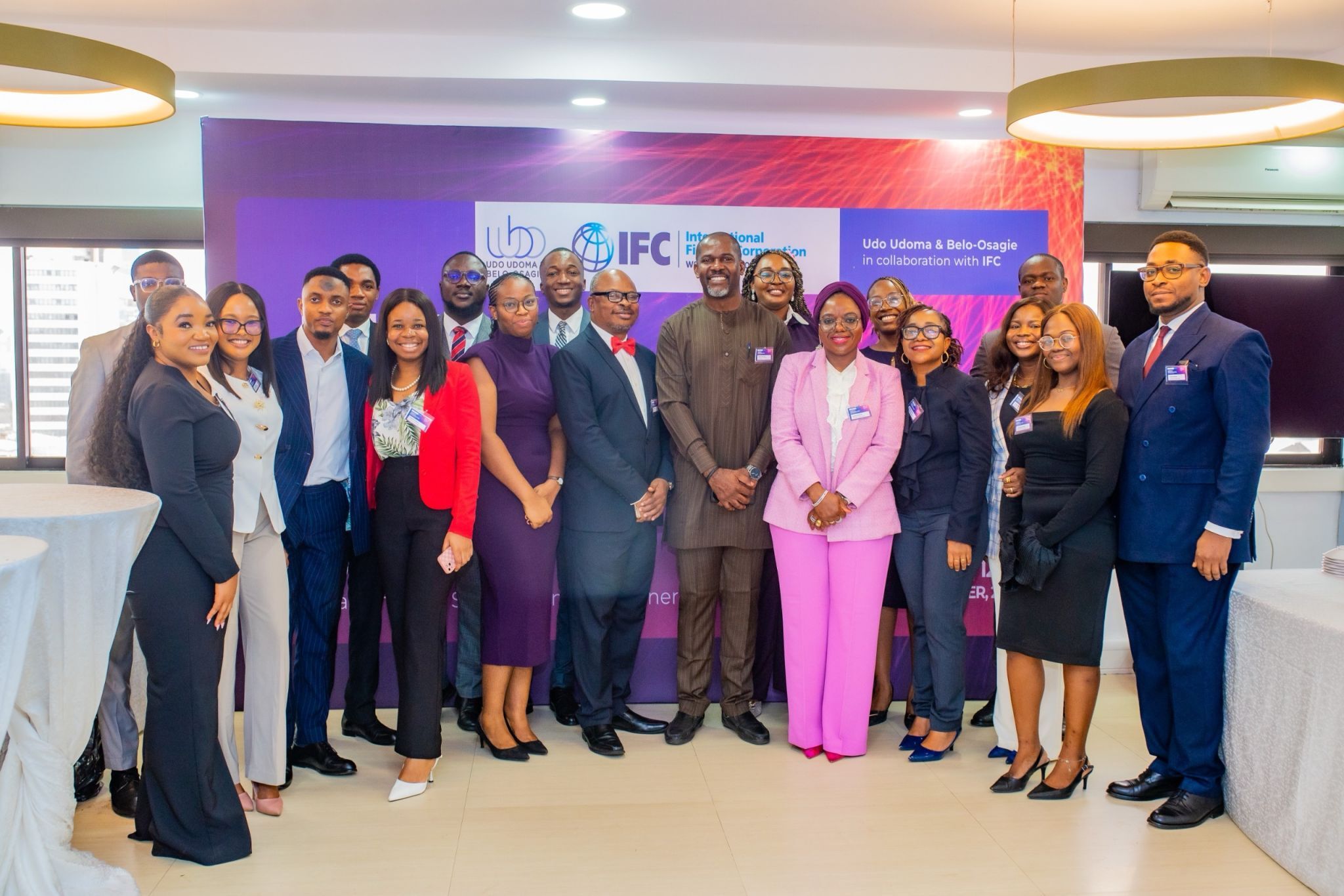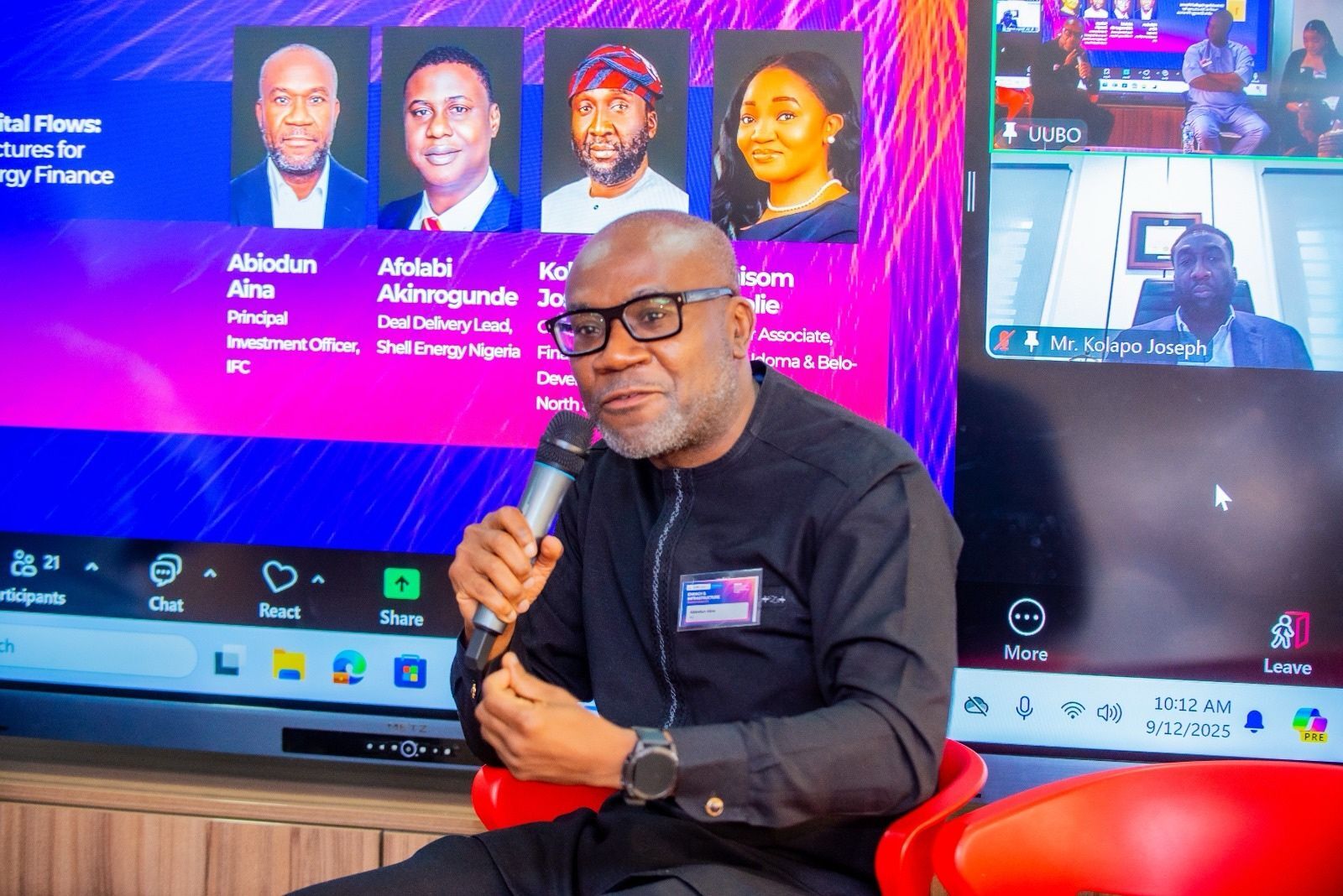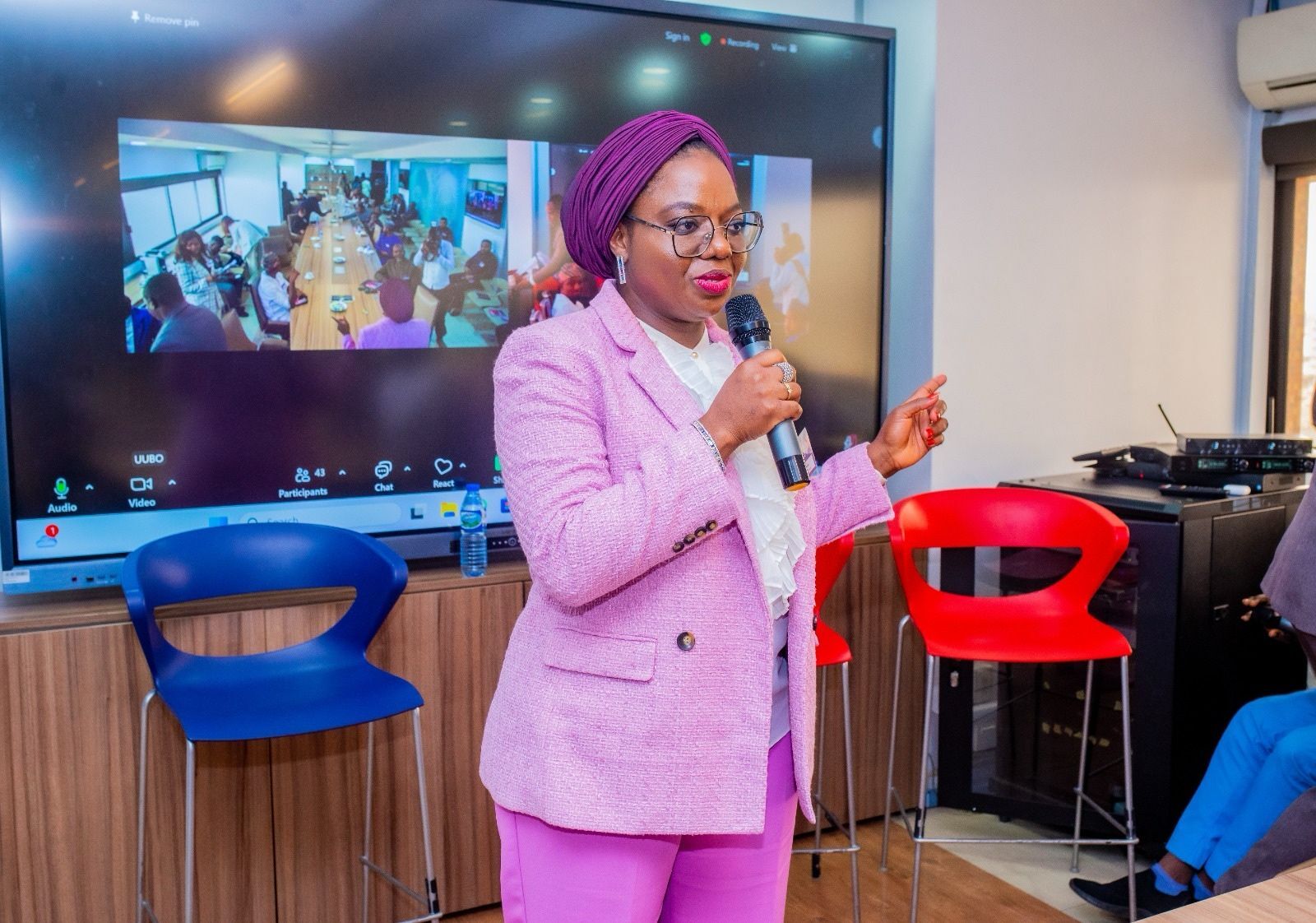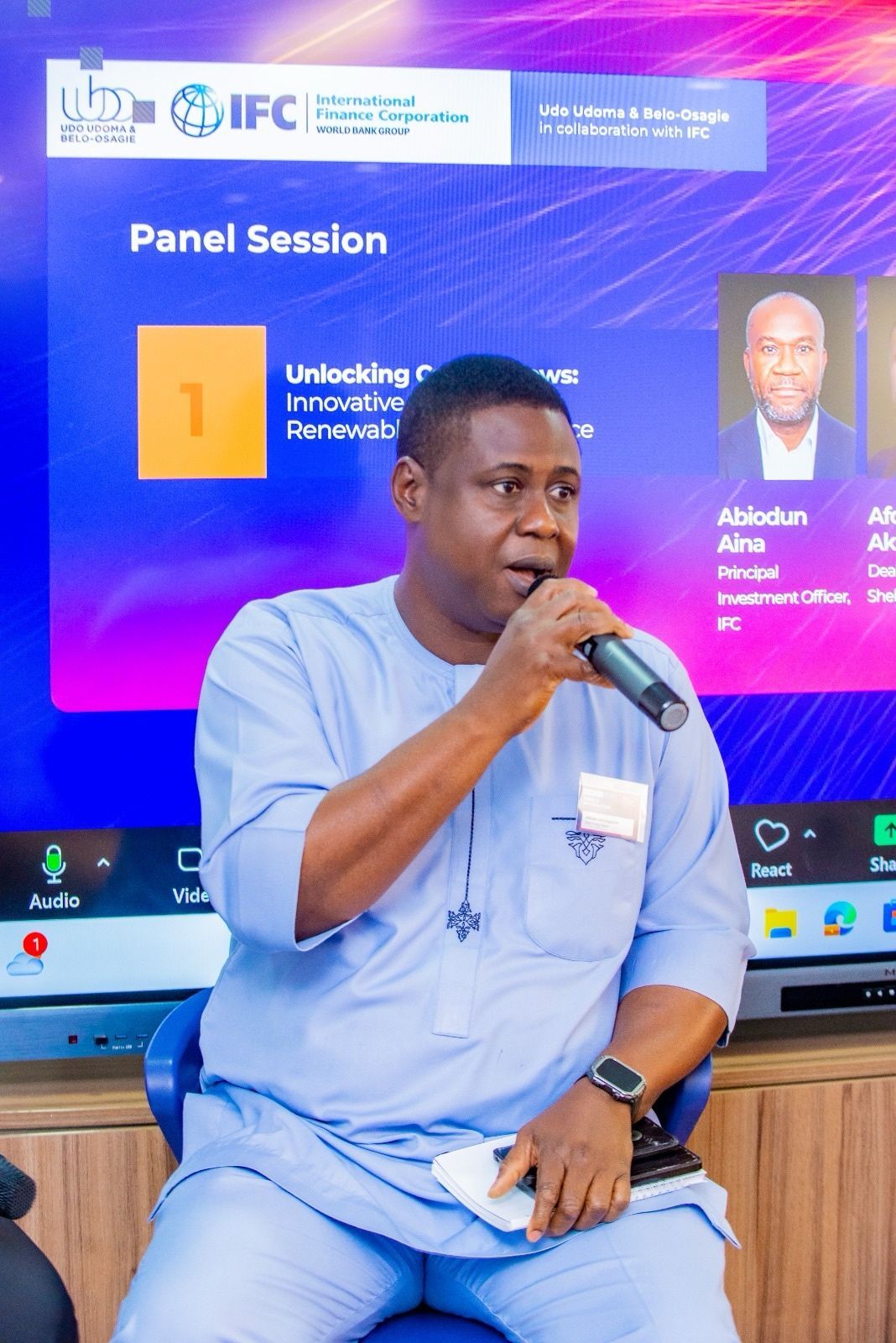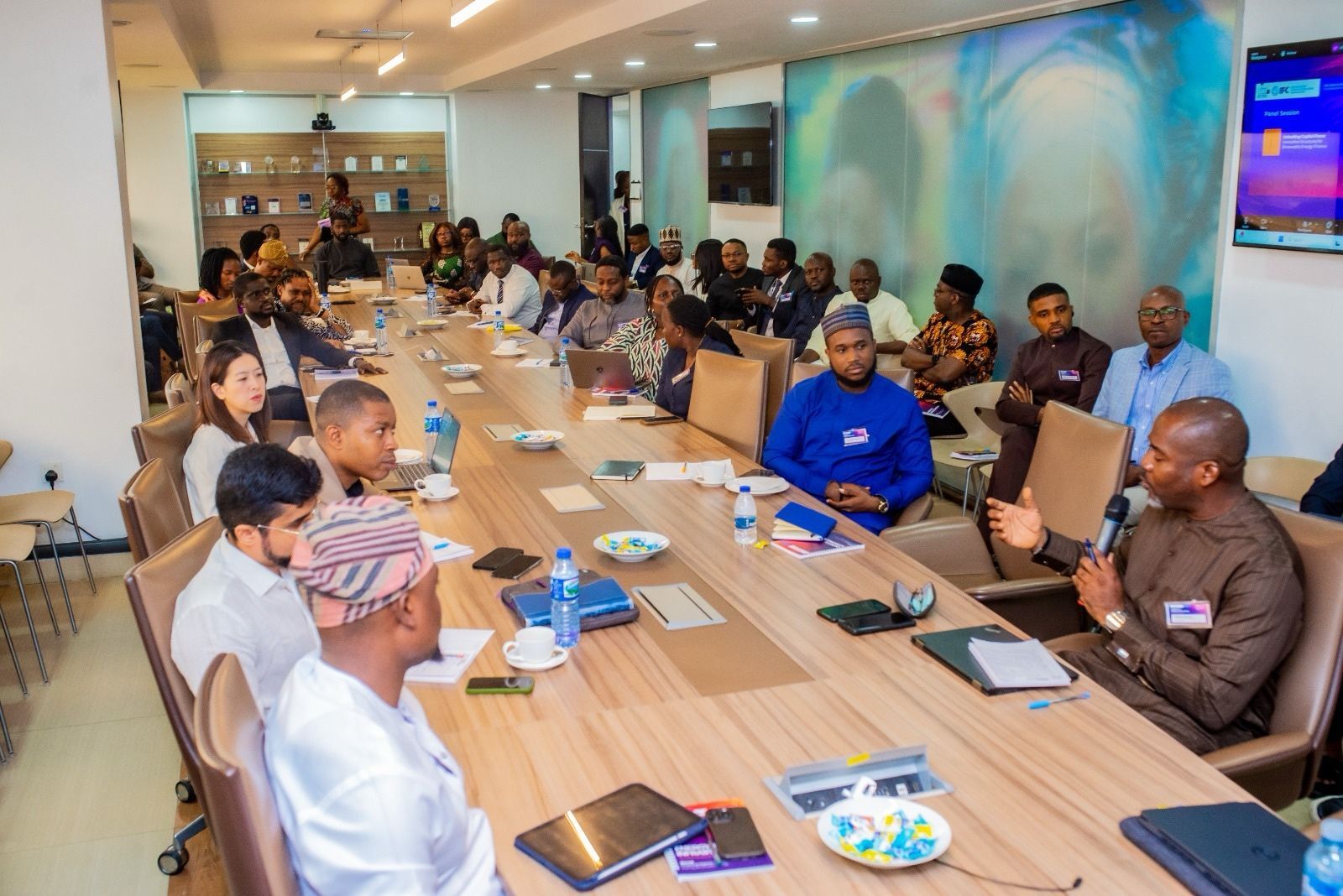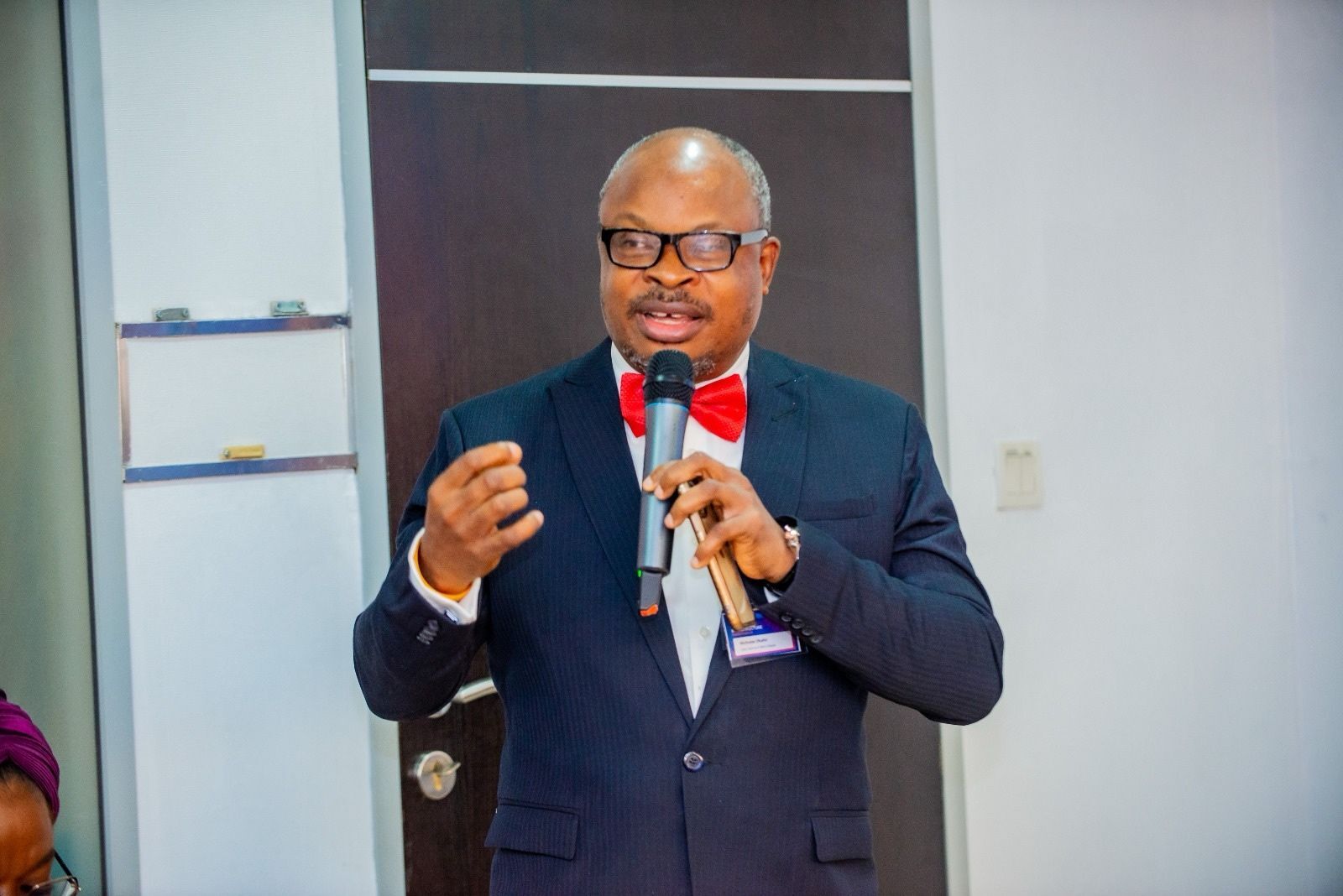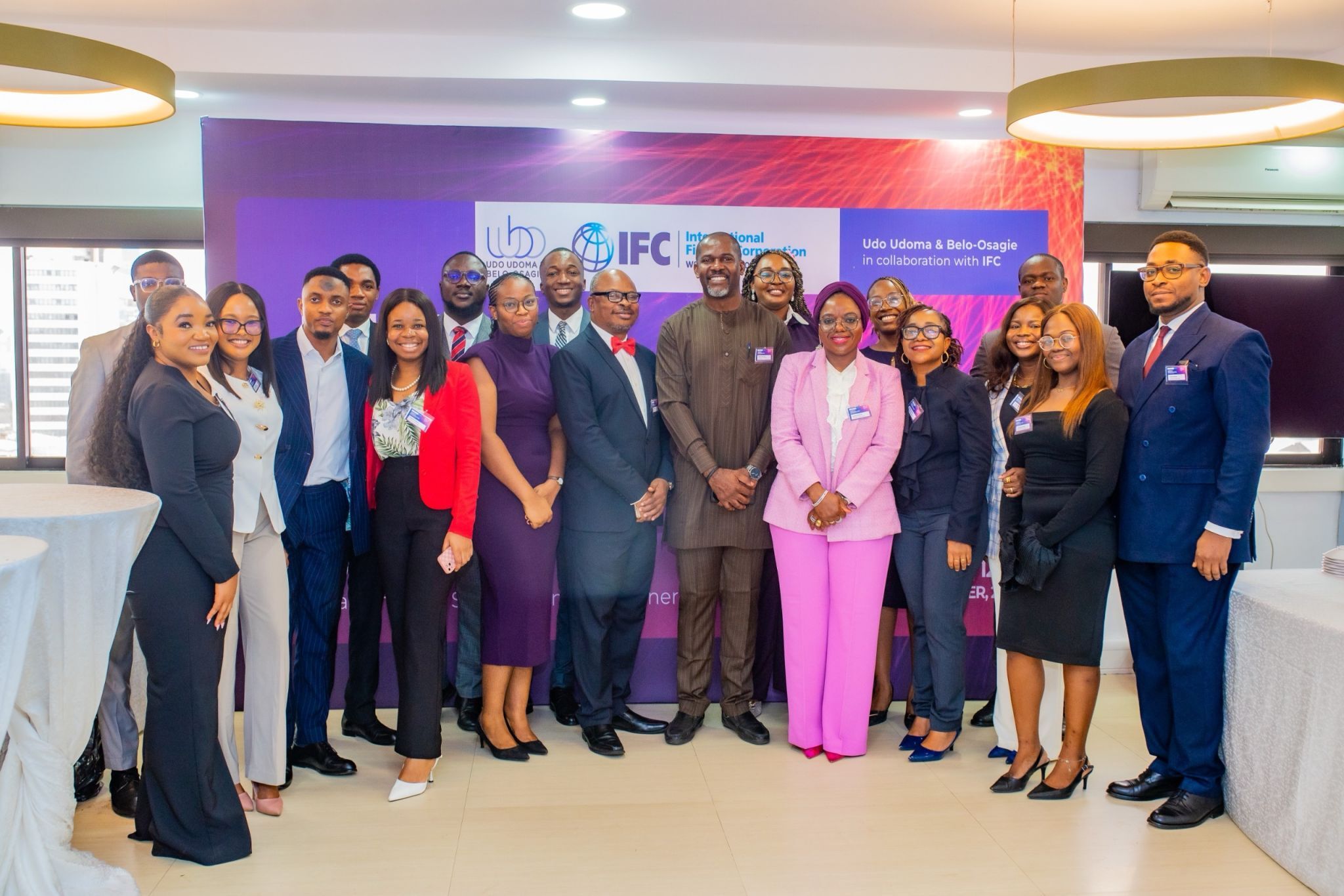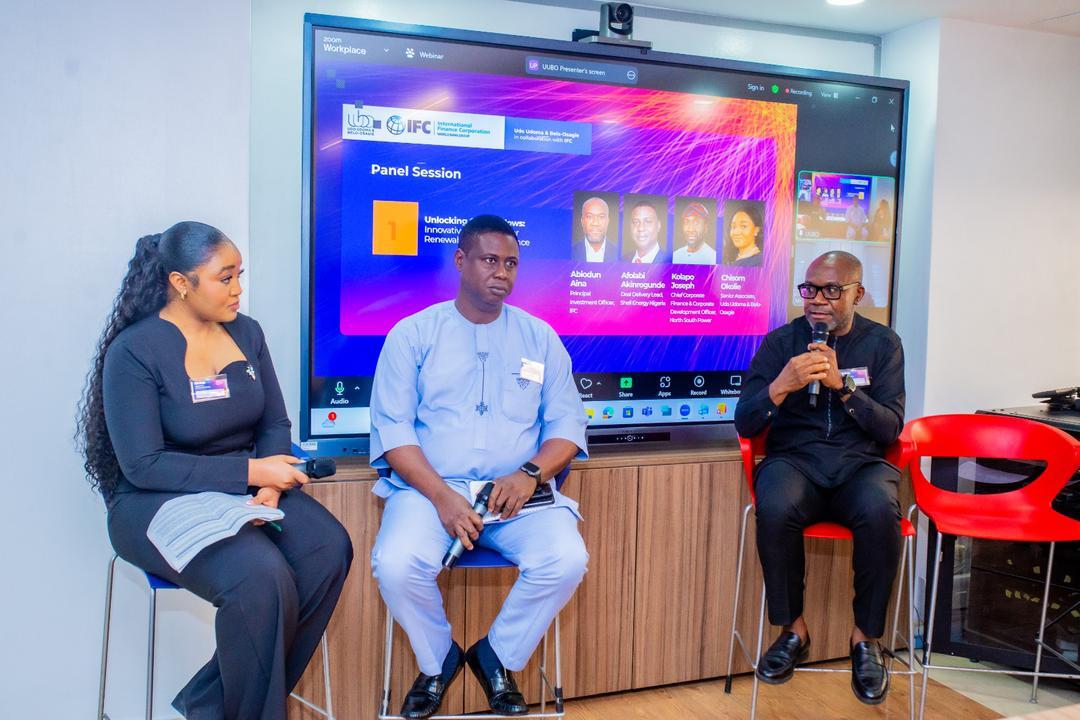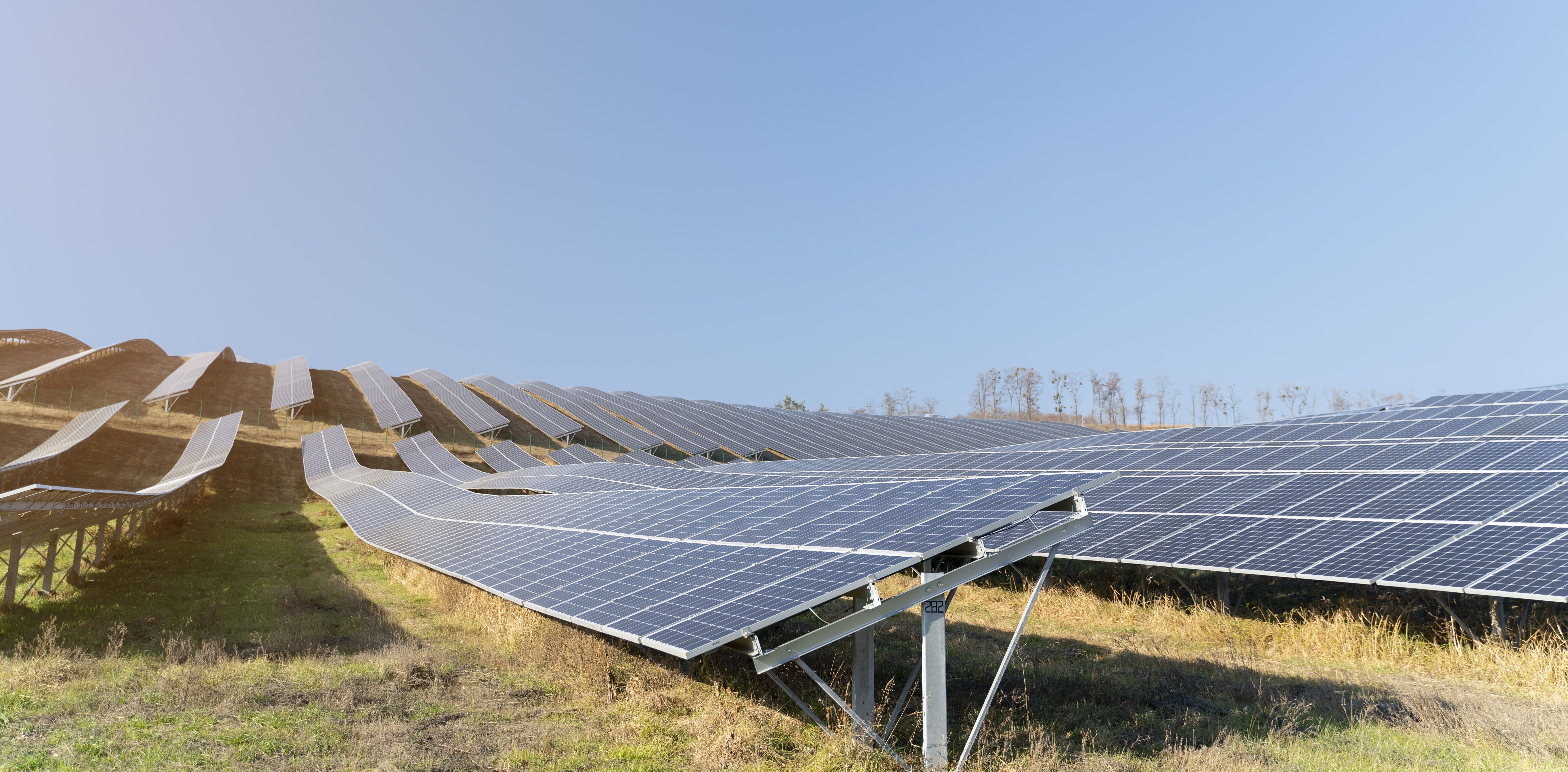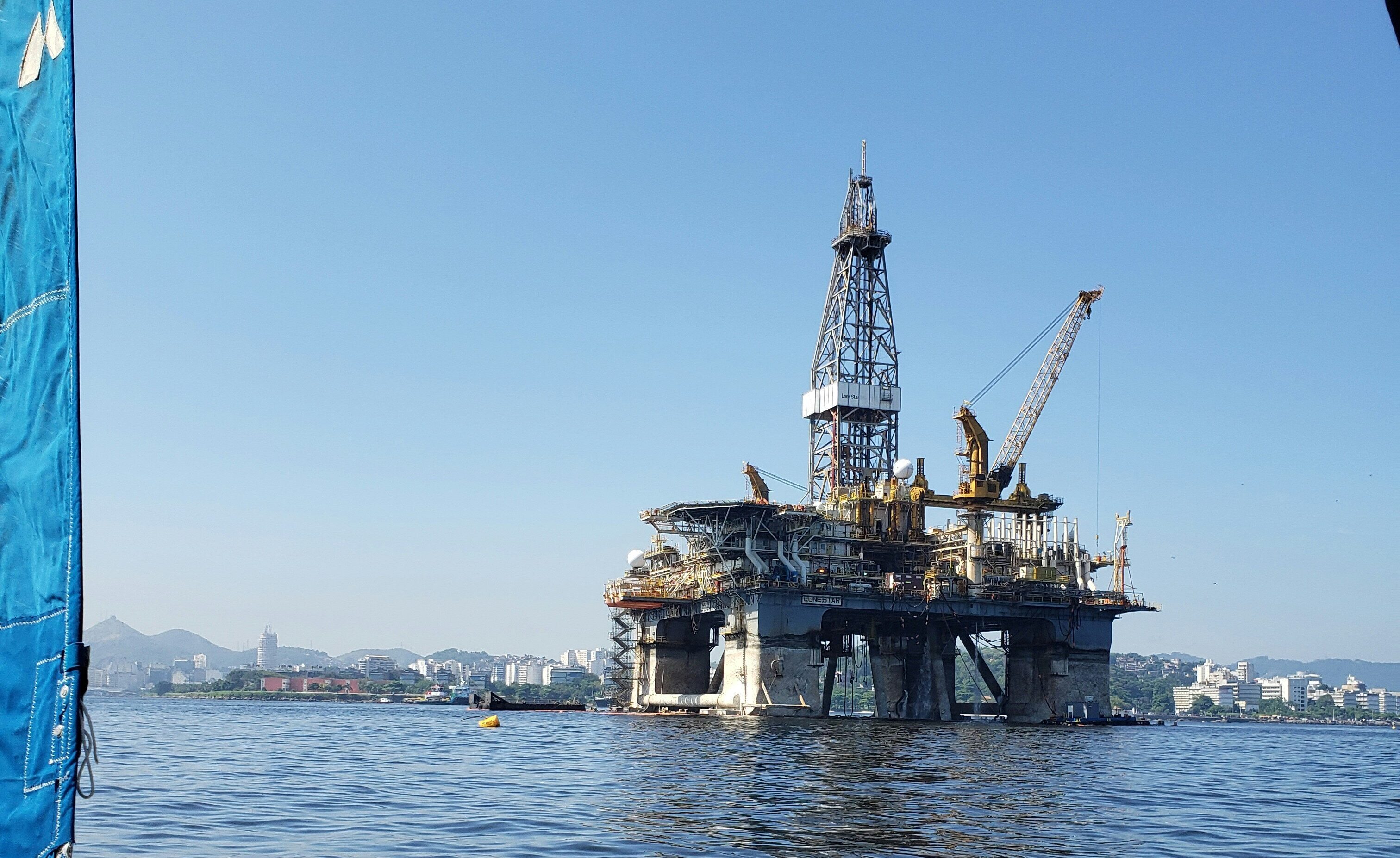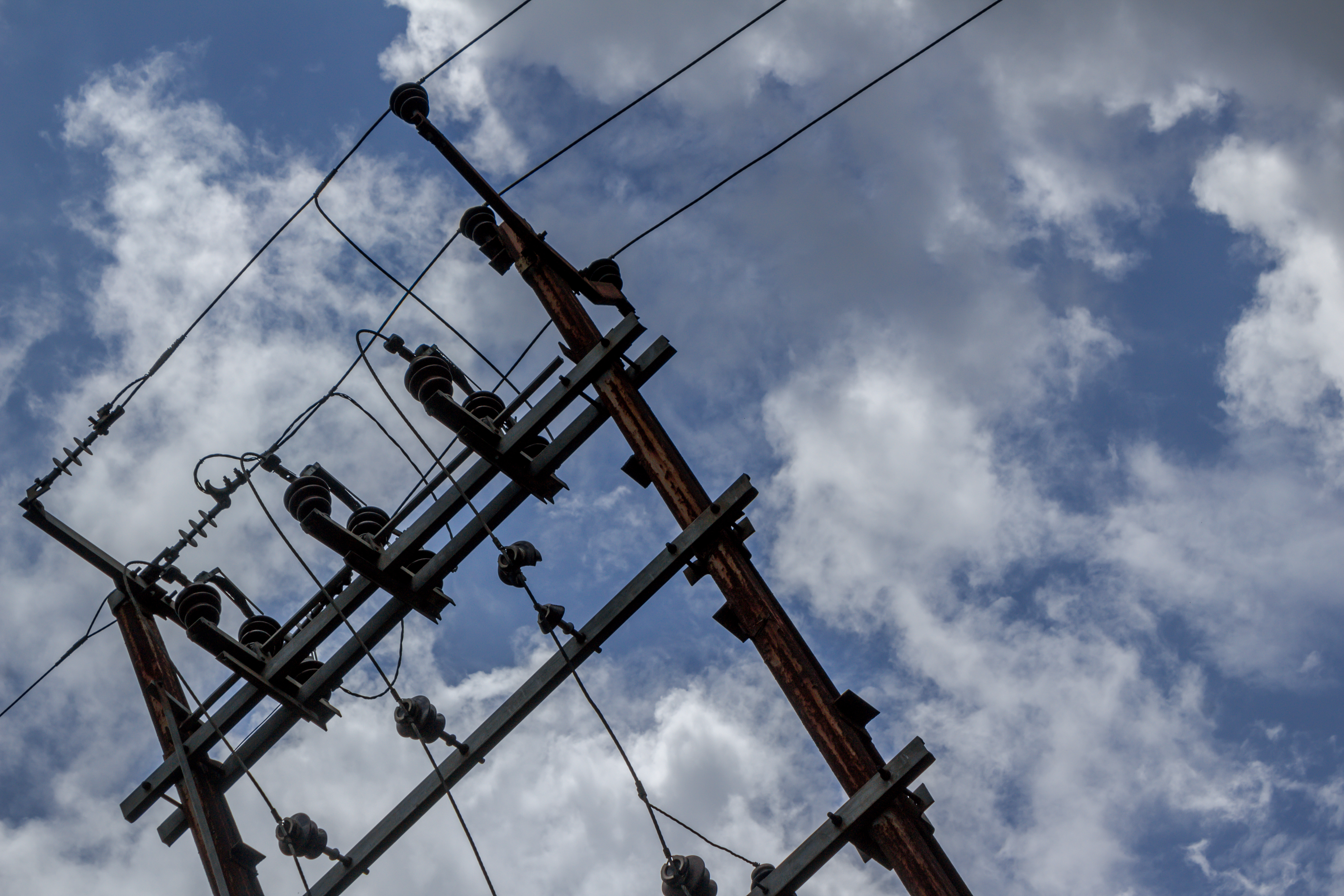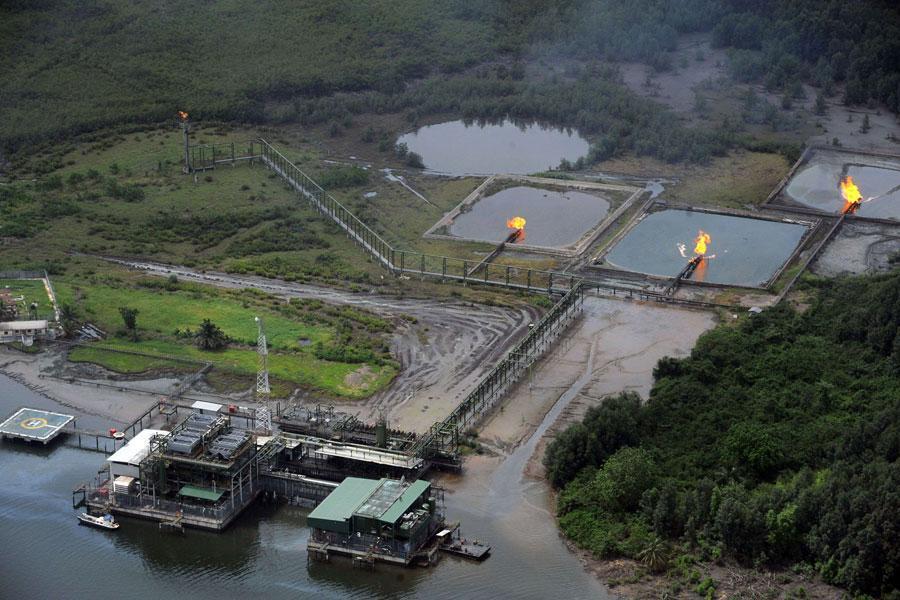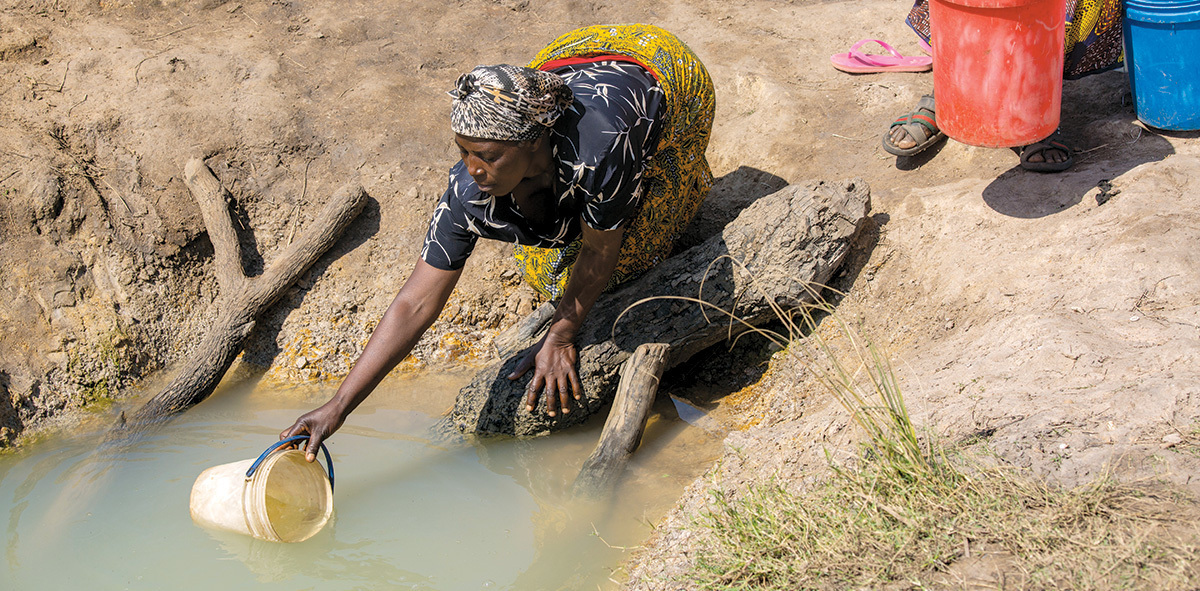At the Udo Udoma and Bello Osagie Energy & Infrastructure Breakfast Session 2.0, themed “Powering Nigeria: Finance and Scaling Renewable Energy,” sector leaders set out pragmatic steps to make clean power projects bankable. This, they said, is anchored on the principles of “local-currency debt, disciplined governance, and long-term capital
Why it matters now
Nigeria’s clean energy pipeline won’t scale without fixing project bankability, aligning tariffs to off-taker ability-to-pay, and matching funding to the 20–25 year lives of assets, panellists argued in a session titled “Unlocking Capital: Innovative Structures for Renewable Energy Finance”. Abiodun Aina (IFC), Afolabi Akinrogunde (developer/investor), and Kolapo Joseph (North South Power) converged on three imperatives: bankability, scale, and policy preparation to bring in long-term local capital.
Bankability first
“Renewable electricity lends itself to scale,” Aina said, but projects only clear credit committees when off-takers can demonstrate the ability to pay and tariffs cover losses and obligations across the value chain. “As long as I know there’s an ability to pay… and enough money to pay for everyone in that chain, then the bank will look at that and say, ‘I think I can finance this,” he added, framing the core test lenders apply to Nigerian deals.
Developers’ discipline
Akinrogunde’s checklist was blunt: speak lenders’ language, keep governance “boring” and auditable, operate at a credible scale, avoid FX mismatches, and put real equity at risk to reach milestones rather than “fundraising for namesake”. “Banks are very boring, and the more boring your business is, the happier they are,” he said, warning against “Mickey Mouse” fragmentation and grant dependency that leaves businesses fragile when free money dries up.
Scaling in practice
Joseph detailed North South Power’s journey: hydropower assets now generate roughly 8% of Nigeria’s electricity and will be hybridised with a 300 MW solar plant to smooth dry-season dips, with construction targeted to start soon. To defend cash flows, the firm refinanced short-term naira and dollar loans via 15-year bonds, cutting its weighted average debt cost from about 21–22% to 14.6%, showing how capital markets can de-risk balance sheets in a high-MPR environment.
Anchor loads and receivables
Aina pointed to Ghana’s LMI industrial park model, which has anchored utility-scale solar to creditworthy industrial demand, as a replicable pathway for Nigeria that simplifies offtake risk and scales faster than dispersed projects. He also cited IFC’s local-currency financing for Sun King’s PayGo receivables, a structure that can be securitised to tap capital markets while matching the currency of revenues and debt.
Better financing mix
The panel outlined a future where risk-sharing facilities with the Central Bank could catalyse bank lending, pairing 15–20-year naira debt with patient equity to fit asset lives and stabilise tariffs for consumers and investors alike. Aina described IFC discussions on guarantees that lower effective borrowing costs and signalled efforts to raise sizable equity capital, citing the example of “Project Saphiri” as a prototype for African platforms thinking long term, not in two-year horizons.
Consolidation and credibility
Akinrogunde and Joseph agreed that consolidation is coming, rewarding sponsors with governance, data, and boards lenders trust when cycles turn and grants recede. Credibility of sponsors, aggregation of smaller assets, and standardised reporting can unlock extra revenue streams such as energy attribute certificates, but only at scale and with auditable systems that international and institutional investors could accept.
Policy preparation
“Two words: policy preparation,” Aina concluded, noting that credible frameworks shorten time-to-close, align tariffs with costs, and de-risk the grid and distribution interface where most bankability challenges live. Long-lived assets cannot be financed on three-month money; policy must enable long-tenor local currency and crowd-in banks that currently “don’t believe the story” when capital stacks look like a “dog’s breakfast” of hot money.
Build to last
Joseph urged developers to secure development capital to reach bankable milestones and recruit partners who add capacity, not just cash, because “capital is very shy” and follows experienced hands who can fix problems. Akinrogunde pressed for macro stability, healthier discos, and operators who evolve, raising the right amount once, selecting customers with discipline, and locating operations near markets rather than near grant administrators.
What to do
- Contract to anchor loads and verifiable ability-to-pay before building megawatts, starting with industrial parks and Commercial, Residential and other consumer portfolios that can scale receivables and securitisations in Naira.
- Standardise governance, data, and audits to aggregate smaller assets, and qualify for instruments like Renewable Energy Credits that add hard-currency revenue on a scale.
- Replace short-term bank lines with bonds and risk-sharing backed by naira loans to cut weighted debt cost and currency risk while matching asset lives.
The bottom line
Nigeria can mobilise the scale of capital renewables demand by proving off-taker viability, aggregating demand and receivables, and backing disciplined sponsors with local-currency, long-tenor instruments that survive cycles. Do the policy homework, bring credible equity first, and the market will finance what it understands, projects that pay everyone in the chain, predictably, for decades.

